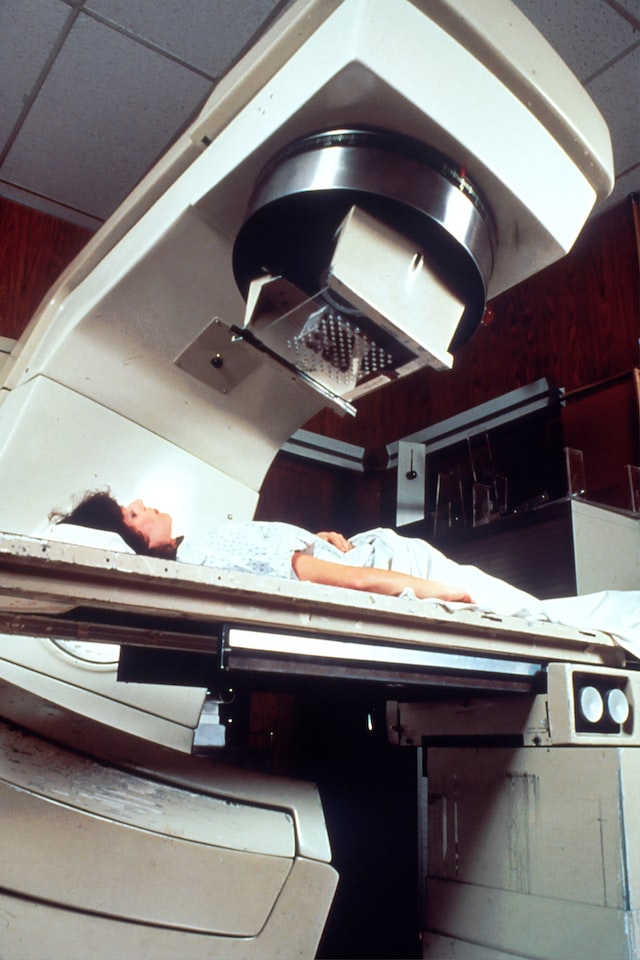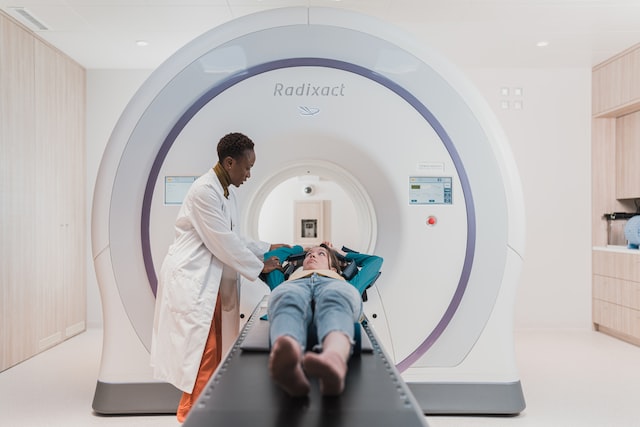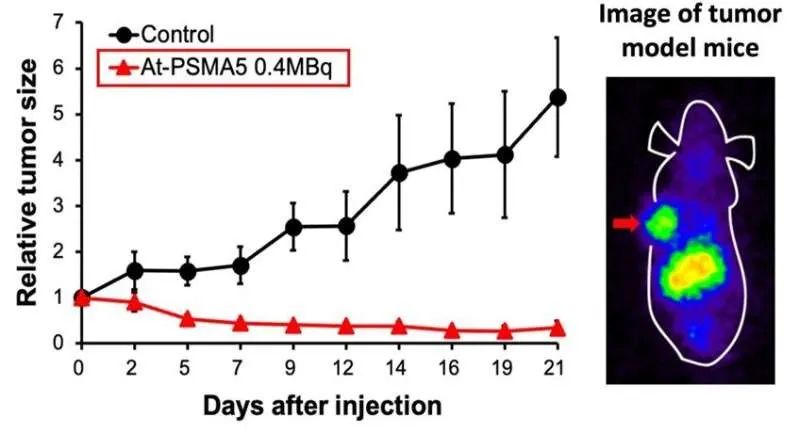Prostate cancer, the incidence of which has been increasing worldwide in recent years, is now among the more common cancers among Japanese men. Typically, patients with prostate cancer often have a poor prognosis and poor survival once multiple recurrent metastases have developed after treatment with hormones, making it difficult to treat with conventional radiotherapy.

And a study published in the European Journal of Nuclear Medicine and Molecular Imaging shows that researchers at Osaka University and the University of Düsseldorf have discovered a new targeted radioligand therapy that causes DNA damage to tumour cells and can precisely deliver radiation to tumour cells, killing prostate cancer cells while potentially significantly reducing damage to other tissues and organs.
Researchers at Osaka University in Japan have previously reported a new anti-cancer therapy that can be focused on cancer cells with "laser-like" precision.
The main feature of PSMA, a transmembrane glycoprotein expressed on top of the cell membrane, is that it is abnormally highly expressed in prostate cancer. Over 80% of prostate cancer patients have high expression of PSMA.

In addition, the structure of PSMA is also well suited for drug design, making it a highly desirable therapeutic target.
Tadashi Watabe, the study's disciple author, explained, "Lu-177 nucleotide therapy against the PSMA target releases beta radiation to kill tumours, and this therapy significantly prolongs overall patient survival compared to standard treatment alone." However, a proportion of prostate cancers are not very sensitive to beta radiation and treatment is limited, and for such refractory patients, treatment with Ac-255 nuclide has been reported to be effective because it bypasses the tumour's primary mechanism of resistance to radiation and uses alpha radiation to attack the tumour.
However Ac-255 has to be produced in special accelerator equipment using very rare and expensive materials at a significant cost. Therefore, in order to develop better therapies, researchers are investigating another radioactive isotope, At.

At is known in Chinese as astatine, a radioactive element that is extremely rare in its natural occurrence but can be easily produced through accelerators and is much more abundant in material. According to Frederik L. Giesel, a co-researcher on the study, mice implanted with prostate cancer in this trial were treated with targeted alpha radiotherapy using At-labelled PSMA5 ligands, and the tumours shrank rapidly with remarkable efficacy.

Antitumour effects in mice with a prostate cancer model after a single dose (left) and biodistribution in a hormonal model (right): high accumulation of nucleophiles in the tumour can be confirmed (arrows).
More importantly, this targeted alpha radiotherapy with the At-tagged PSMA5 ligand, [At-211]PSMA5, does not seem to reveal significant side effects in any organ. Given the effectiveness of the trial, the researchers plan to open a human clinical trial under a translational research grant from the Japan Agency for Medical Research and Development, with the hope that the therapy could be used to treat refractory prostate cancer within 2 years.

Targeted alpha therapy using astatide-labelled PSMA ligand ([At-211]PSMA5).
The above findings suggest that this type of radiotherapy against a specific target PSMA at the tumour site may be very effective in treating patients with systemic multiple metastases, with the prospect of lower side effects, making this study of great interest.
